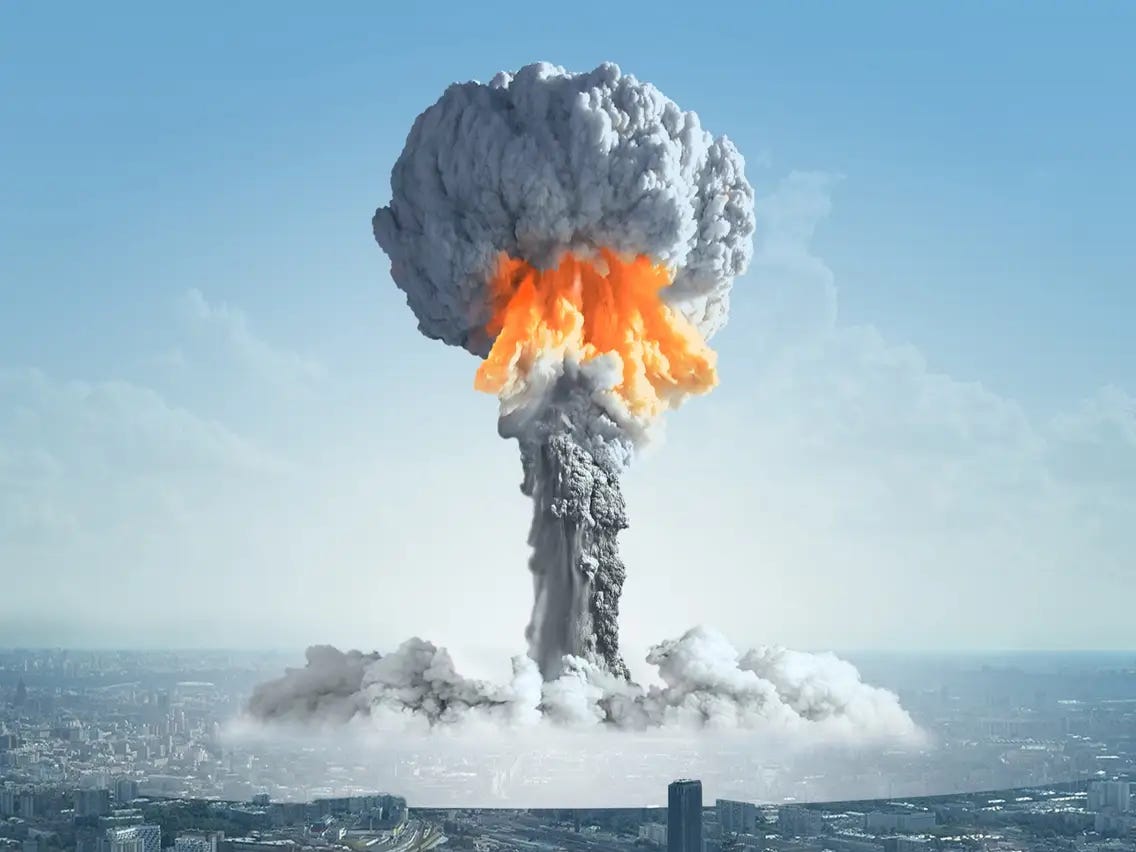The next kinetic world war won’t be like the last, but the damage it will do will be. Unlike the last few global wars, it won’t look like much at first. At first, casualties will be relatively low (in global terms) and geographically contained. That will end quickly when the first nuke is released. At that point, it will scale quickly and destructively, dispensing as much damage and death in hours as we saw in entire years during those previous wars.
In short, it will start exactly like what we see today with the western #swarms war with Russia. A slow grinding regional war embedded within a global fight for survival that pits the only two powers capable of delivering devastating global-scale violence against each other. A war that has already propelled us to the 20th rung of Herman Kahn’s escalation ladder (one rung short of nuclear release). A war that even in its early stages is emitting waves of global disruption, from energy to food to inflation.
How did we get into a global war so unwittingly and so quickly? On a superficial mainstream media level, it was all due to Russia’s poorly planned and unexpected invasion of Ukraine. However, that explanation falls far short of explaining the torrential cascade of events that escalated this conflict into a global war. A better and more nuanced answer to this question is: this war started during a period when the systems of 21st Century warfare were evolving too quickly. Specifically, these systems of war were too new, too powerful, and too fast for us to anticipate or control.
World War I broke out largely because of an arms race, and World War II because of the lack of an arms race. Herman Kahn
To better understand this, let’s dive into the thinking of Herman Kahn (again). The central theme of much of his work (and the reason he built the escalation ladder) was that significant, destructive, runaway wars were likely to occur when:
there was too little innovation in warfare or
when there was too much innovation.
Let’s dig into examples of each.



